Understanding Goalie Privileges in Men’s Lacrosse: The Crucial Rules That Shape the Game
In men’s lacrosse, goalies are protected when inside the crease — opposing players can’t check them while they have possession. Once the goalie gains the ball in the crease, they have 4 seconds to pass, run, or clear it; if not, it’s a turnover. These rules balance safety with game speed, making goalies key playmakers in transition.
What Happens If the Ball Gets Stuck in Your Stick?
In men’s lacrosse, when the ball becomes stuck in the head of a player’s stick and cannot move freely, it’s officially called withholding the ball from play. This violation occurs whether the ball is jammed between the mesh and plastic or trapped too deeply in the pocket. Once a referee spots it, they immediately blow the whistle and award the ball to the opposing team, no matter if it was accidental. Withholding is enforced to keep the game fast, fair, and focused on passing, shooting, and continuous movement.
Top 10 Men's Lacrosse Rules You Must Know as a New Coach
Knowing the key rules of men's lacrosse is essential for any new coach to guide their team safely and confidently. This article breaks down the most important rules clearly, helping you avoid costly mistakes and confusion on game day. Staying informed ensures you can coach smarter, protect your players, and build a winning culture from day one.

Holding in Men's Lacrosse: Rules and Types
In men's lacrosse, one of the most common fouls is "holding," which refers to when a player illegally grabs, holds, or restricts the movement of an opponent or their crosse. This article explores the different types of "holding" in lacrosse, from holding a player to restricting an opponent's crosse, and outlines the consequences of each infraction. Understanding these rules and penalties is crucial to maintaining player safety and ensuring fair play.
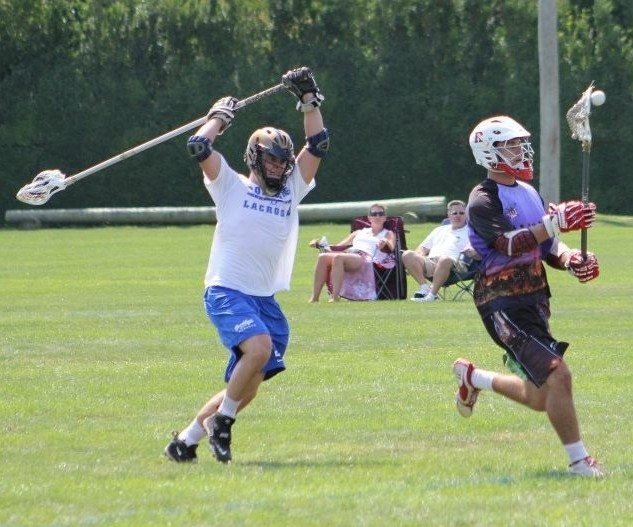
Understanding Slashing in Men's Lacrosse: What You Need to Know
In men's lacrosse, one of the most serious fouls is slashing, which occurs when a player swings their crosse recklessly or with intent to injure. In this article, we'll explore what constitutes a slash, the types of illegal swings, and the penalties associated with this dangerous foul that can affect player safety and the flow of the game.
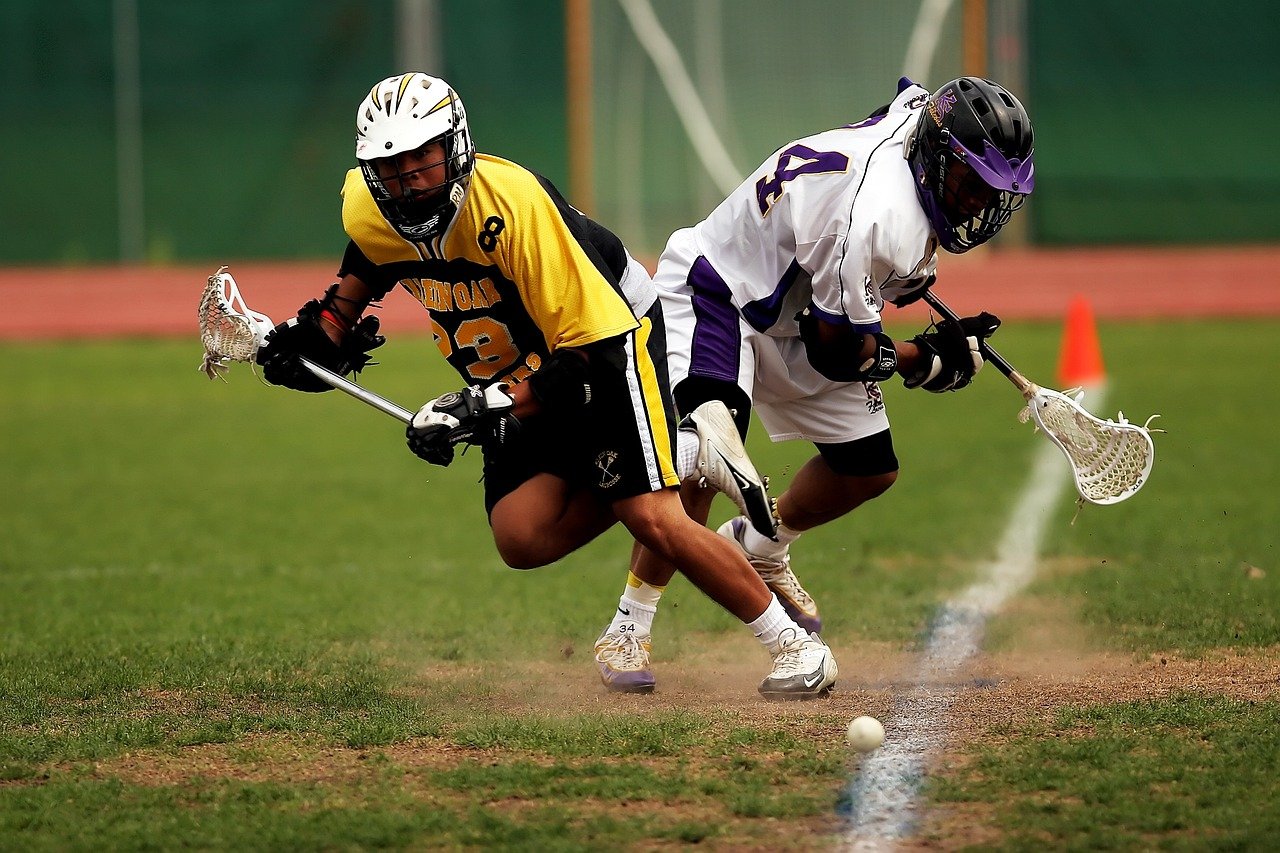
Tripping in Men's Lacrosse: Rules, Penalties, and How to Avoid It
Tripping is a common foul in lacrosse, occurring when a player uses their stick, body, or equipment to cause an opponent to fall. While it can be easily avoided with the right techniques, it remains a penalty that results in time penalties. In this article, we break down what tripping is, when it’s penalized, and how players can prevent this foul during the game.
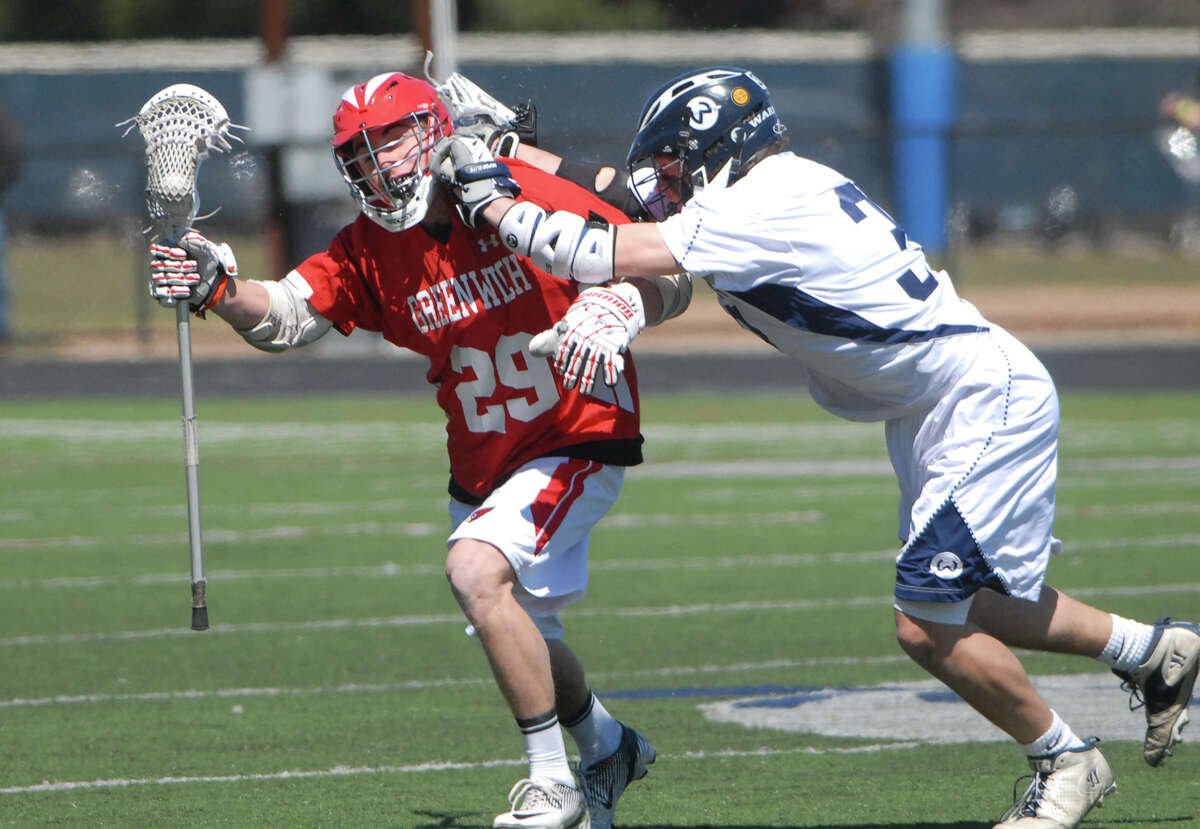
Cross-Checking in Men's Lacrosse: Rules and Penalties
Cross-checking is a common yet dangerous penalty in men's lacrosse, occurring when a player uses the shaft of their crosse to push or strike an opponent recklessly or illegally. This article explains what cross-checking is, how to avoid it, and the penalties associated with this foul, which is designed to protect player safety and maintain the flow of the game.
Illegal Screen in Men's Lacrosse: What It Is and How to Avoid It
In lacrosse, an illegal screen happens when a player obstructs an opponent’s movement in an illegal way, typically to help a teammate gain an advantage. While screens are key to setting up plays, they must be performed within the game’s rules. In this article, we explain what makes a screen illegal, how to avoid it, and the penalties associated with this infraction.
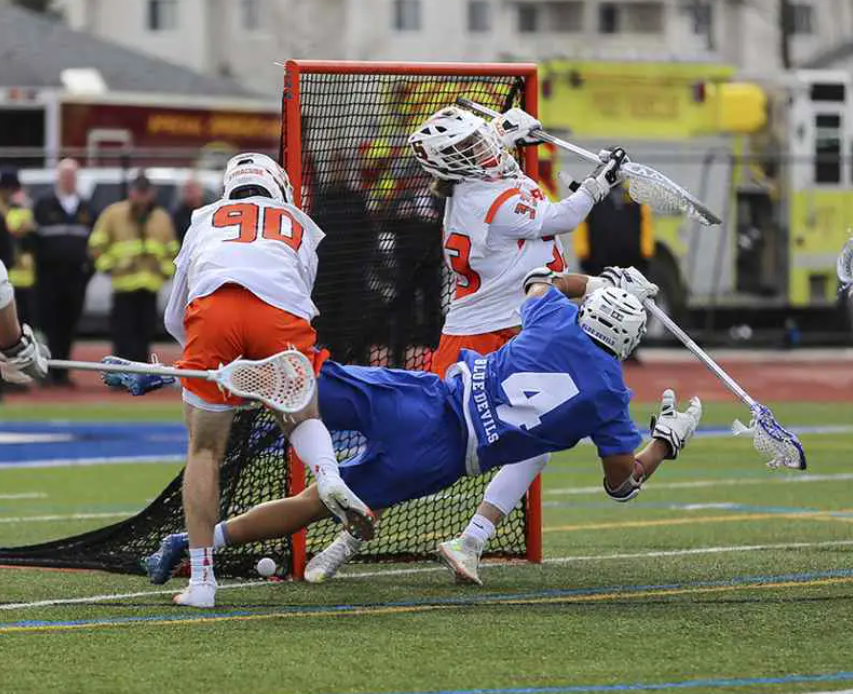
Men’s Lacrosse Crease Violations: Rules, Penalties, and Prevention
In lacrosse, the crease area is crucial to the game, and the contact rules surrounding it are very strict. Violations in the crease can result in significant penalties that impact both offensive and defensive flow. This article explains what constitutes a crease violation, how it occurs, and how to avoid it to maintain fair and smooth gameplay.
Understanding Warding Off in Lacrosse: How to Recognize and Call the Foul
The warding off rule is crucial for ensuring fair play in lacrosse and preventing offensive players from unfairly gaining an advantage by using their free hand or body to push away defenders. This article explains what warding off is, how to recognize it, and how officials should enforce the rule according to NFHS (National Federation of High Schools) standards.
Over and Back Rule in Men's Lacrosse
The over and back rule in men's lacrosse prevents teams from retreating into their defensive half after establishing possession in the offensive zone, resulting in a turnover if the ball crosses back over midfield due to an offensive team's action. This rule ensures fast-paced play, encourages strategic ball movement, and aligns with other lacrosse rule sets to maintain consistency and fairness.
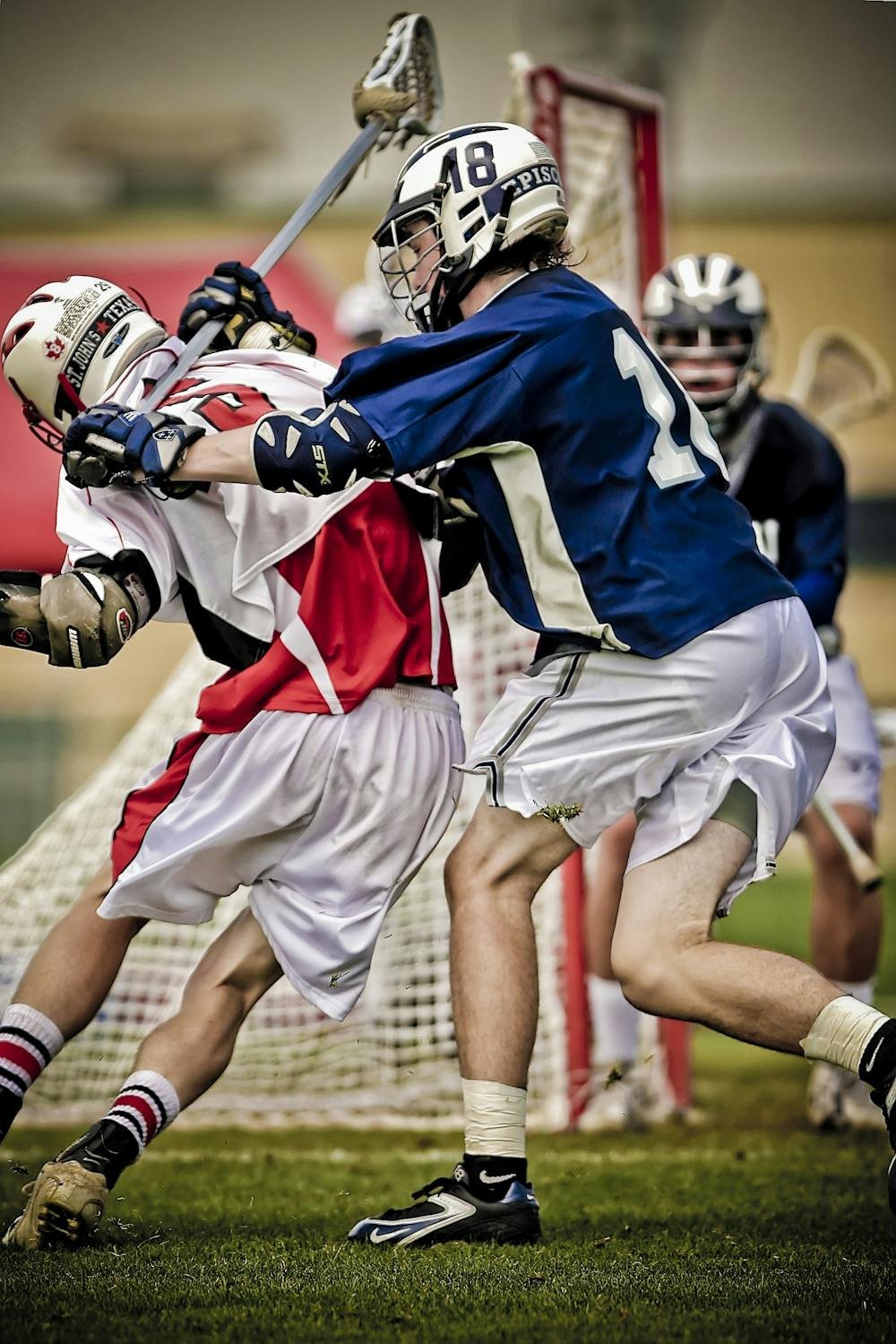
The Consequences of Illegal Pushing in Lacrosse: Protecting Players and Fair Play
In lacrosse, the term "pushing" refers to a foul that occurs when a player illegally pushes their opponent, usually from behind, causing them to lose balance or putting them in a vulnerable position. This rule is essential for protecting player safety and ensuring fair gameplay. Discover the details about this infraction, when it is penalized, and the consequences associated with it in various lacrosse leagues.
Understanding Substitution Rules in Men’s Lacrosse
In men’s lacrosse, substitutions occur on-the-fly through the substitution box, allowing players to enter and exit without stopping play, as long as they follow the one-off, one-on rule to maintain no more than 10 players on the field. Violations, such as too many players on the field or exiting outside the substitution box, result in penalties that can disrupt the game.
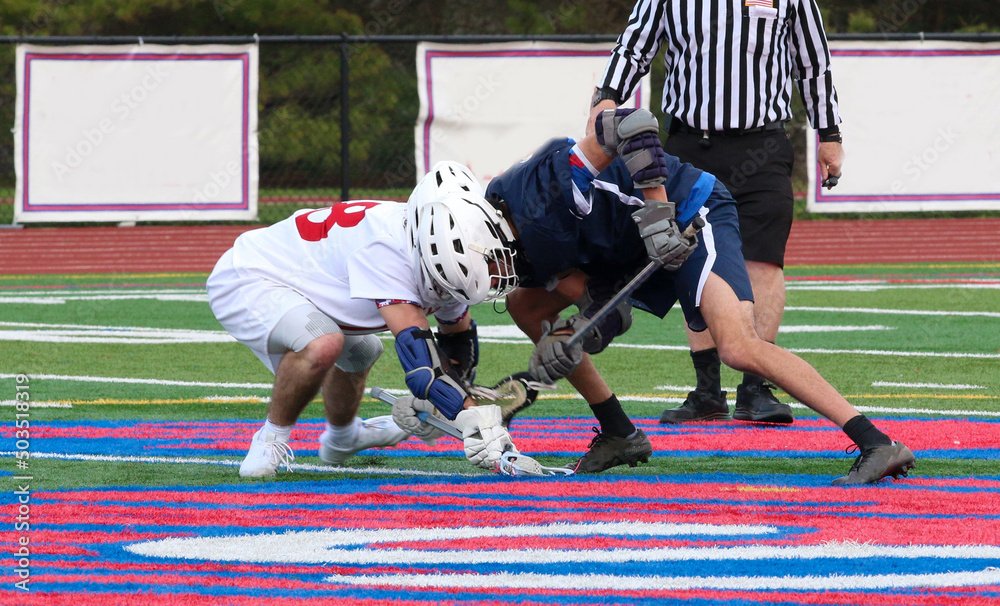
Rules and Penalties of the Face-off in Men’s Lacrosse
In men’s lacrosse, the face-off is a crucial play governed by strict rules to ensure fair play. Knowing the rules, referee signals, and common penalties in face-offs is essential for avoiding sanctions and maintaining competitive balance. This article explores the main rules and penalties in this fundamental play.
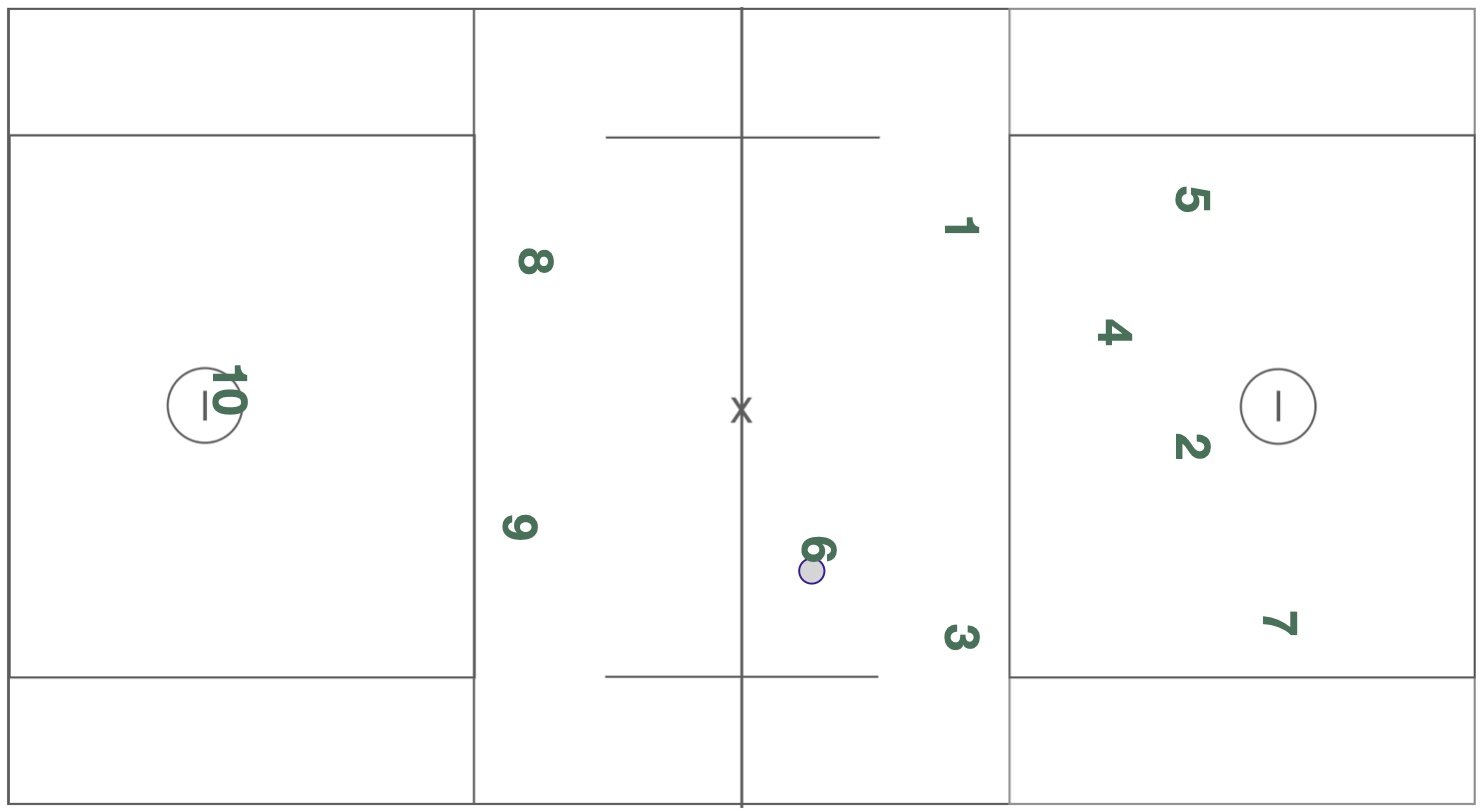
The Offside Rule in Men’s Lacrosse
The offside rule in men’s lacrosse is a crucial regulation that ensures balance on the field by controlling player positioning. This rule maintains an adequate player distribution on each half, preventing one team from gaining an excessive numerical advantage in certain areas, thus allowing for a fair and organized game.
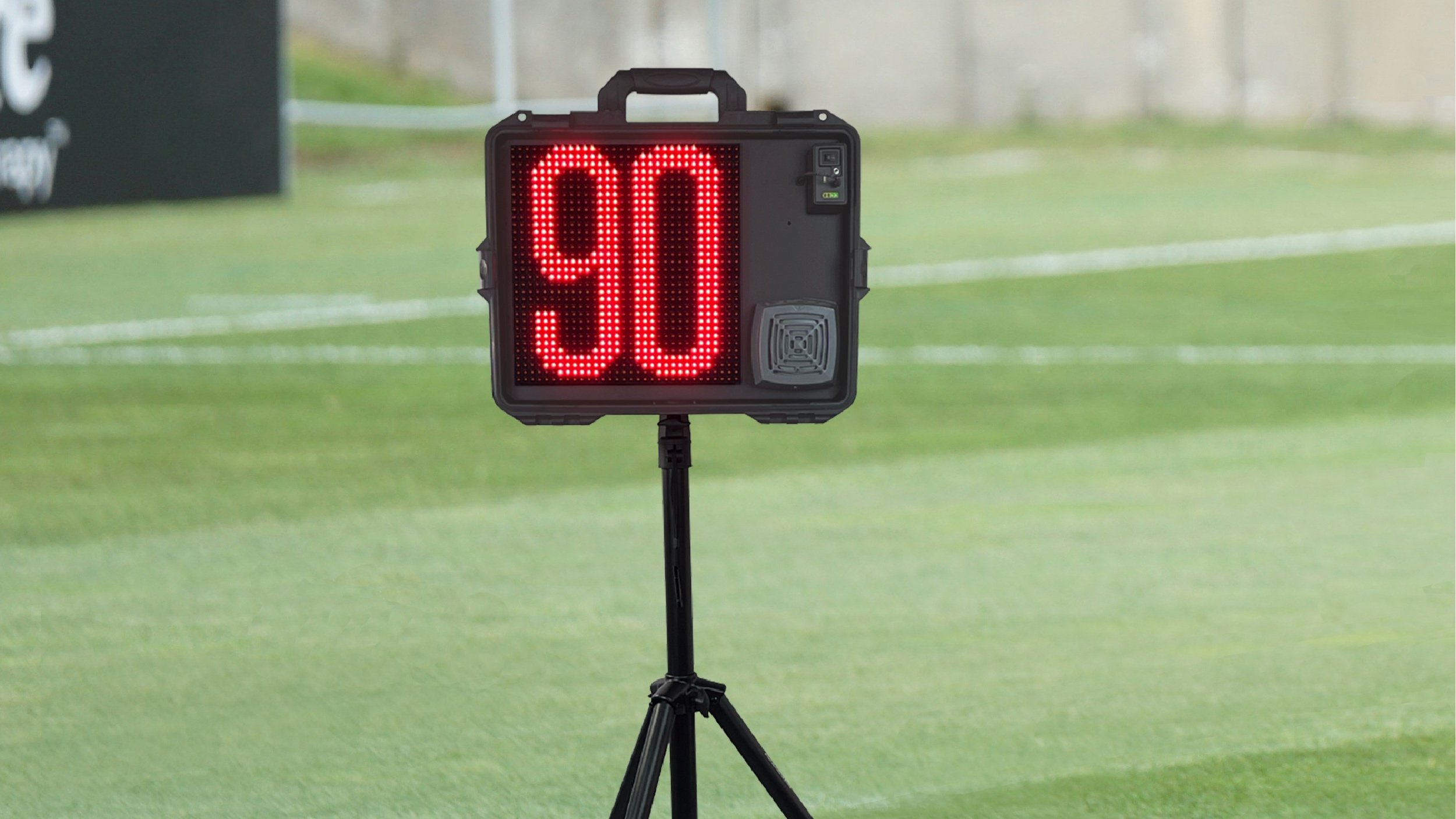
The Shot Clock in Men’s Lacrosse
The shot clock in men’s lacrosse is a rule that requires teams to attempt a shot within a set amount of time. This regulation ensures a fast and dynamic pace, encouraging teams to stay on the attack and preventing prolonged possession without goal attempts.
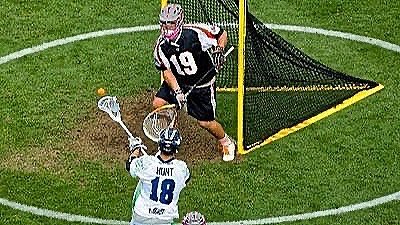
Crease Violations in Men’s Lacrosse: Rules and Penalties Across Different Levels of Play
A crease violation in men’s lacrosse occurs when an offensive player steps into the goalie’s crease, resulting in a turnover. The enforcement and penalties for this violation vary slightly between youth, high school, college, professional, and international play.
Tripping Penalty in Men’s lacrosse
In men’s lacrosse, tripping occurs when a player uses their stick or body to intentionally or unintentionally make an opponent fall. The resulting penalty can range from 1 to 3 minutes, depending on the severity of the infraction.
Ensuring a Legal Lacrosse Pocket: A Detailed Guide for Boys’ High School
In boys’ high school lacrosse, a legal pocket must follow strict rules regarding depth and dimensions. The ball should release easily during a stick check, and the pocket’s shooting strings must be within four inches from the top of the head. Stick checks can occur at various times: before the game, during timeouts, or after goals, ensuring players maintain legal equipment throughout play. These checks help prevent any unfair advantages and ensure consistency in gameplay.
Slashing in Men’s Lacrosse: Key Rules and Scenarios
Slashing in men’s lacrosse is a personal foul where a player swings their stick with reckless or violent intent, making contact with an opponent’s body or stick. It can be called even if no contact is made, depending on the severity of the swing. This penalty results in 1-3 minutes in the penalty box, and the penalized team plays a man down. Slashing is common in youth lacrosse, as players often lack the stick control needed to avoid these infractions.

